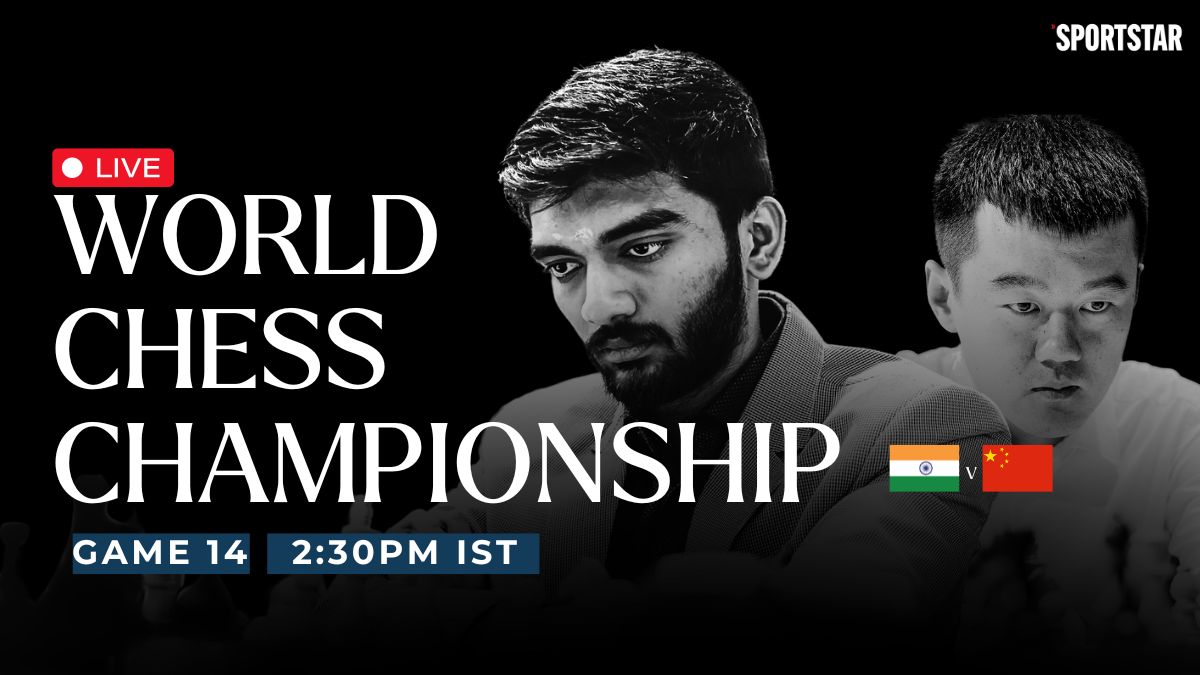 |
|
The world of chess witnessed a momentous occasion on December 12th, 2024, as D Gukesh etched his name into history by defeating the formidable Ding Liren and claiming the title of World Chess Champion. This victory is particularly significant due to Gukesh's remarkably young age, making him the youngest player ever to achieve this prestigious feat. The match, a thrilling spectacle of strategic brilliance and intense competition, culminated in a tie-break format, highlighting the exceptional skill and resilience of both players. The tension was palpable as each move carried the weight of global anticipation, a testament to the captivating power of the game of chess and the immense talent of its participants. The path to victory was not a straightforward one, showcasing the complexities and uncertainties inherent in high-stakes chess competitions.
The tie-break system employed to determine the winner is itself a testament to the dedication and precision required at the highest levels of chess. Beginning with a rapid match format consisting of four games, with each player allotted fifteen minutes per side and a ten-second increment per move, the pressure mounted with each passing minute. The first player to reach two and a half points would emerge victorious. However, if the score remained tied, the match transitioned into a mini-rapid format – a shorter, more intense sequence of two games, each with a ten-minute time limit and a five-second increment. This format amplified the pressure, testing the players' capacity for rapid calculation and precise decision-making under the weight of immense stakes. Even with this increased intensity, the possibility of a tie remained, leading to the next phase of the tie-break.
Should the mini-rapid match also result in a tie, a blitz match would be the next stage in determining the victor. In this decisive phase, two games would be played, each with a three-minute time limit and a two-second increment. The winner, once again, would be the first player to reach one and a half points. The tension would be almost unbearable, every move a gamble balanced on the knife's edge of victory or defeat. The starkness of a three-minute time limit underscored the incredible speed and accuracy required of the players, a testament to their prodigious abilities honed through years of dedicated practice and intense competition. But even this high-pressure scenario was not the ultimate deciding factor. If, by some extraordinary chance, a tie still persisted, the match would enter a final, dramatic stage: the sudden-death blitz.
The sudden-death blitz match is the ultimate test of nerve and skill. It involves a series of single blitz games, each with the same three-minute time limit and two-second increment. The players alternate colors (White and Black) between each game, creating an ever-shifting dynamic and demanding the highest levels of adaptability. The first player to win a single game in this sudden-death phase would claim the coveted title of World Chess Champion. The anticipation during this phase would be almost unbearable, every move carrying an immense weight of expectation. It is a crucible where only the most resilient and strategically sound player can prevail, a culmination of the entire match and a stunning display of mental fortitude.
The element of chance also plays a role in the tie-break format. Before each mini-match, a drawing of lots determines which player plays with the white pieces. This adds another layer of complexity, emphasizing that even the seemingly most insignificant details can sway the balance of power. The white pieces, traditionally considered to possess a slight advantage in chess, can influence the strategic direction and flow of the game, adding an element of chance to an already incredibly demanding contest. This underscores the importance of adaptability and strategic flexibility, skills honed by years of dedicated training and experience. The outcome of this highly anticipated match solidified Gukesh's place in chess history, cementing his legacy as the youngest World Chess Champion.
Beyond the immediate impact of Gukesh's victory, this historic match has profound implications for the future of chess. It showcases the increasing dominance of young players on the global chess scene, signaling a potential shift in the established hierarchy of the sport. It serves as inspiration to aspiring chess players worldwide, demonstrating that with dedication, talent, and strategic brilliance, remarkable achievements are within reach. Gukesh's victory also highlights the evolution of chess strategies, tactics, and the increasing importance of technology and analysis in the modern game. His remarkable achievement is not only a testament to his individual brilliance but also a reflection of the ever-evolving landscape of chess itself. The future of this ancient and complex game is clearly in capable hands.
Source: D Gukesh beats Ding Liren to become youngest World Chess Champion
